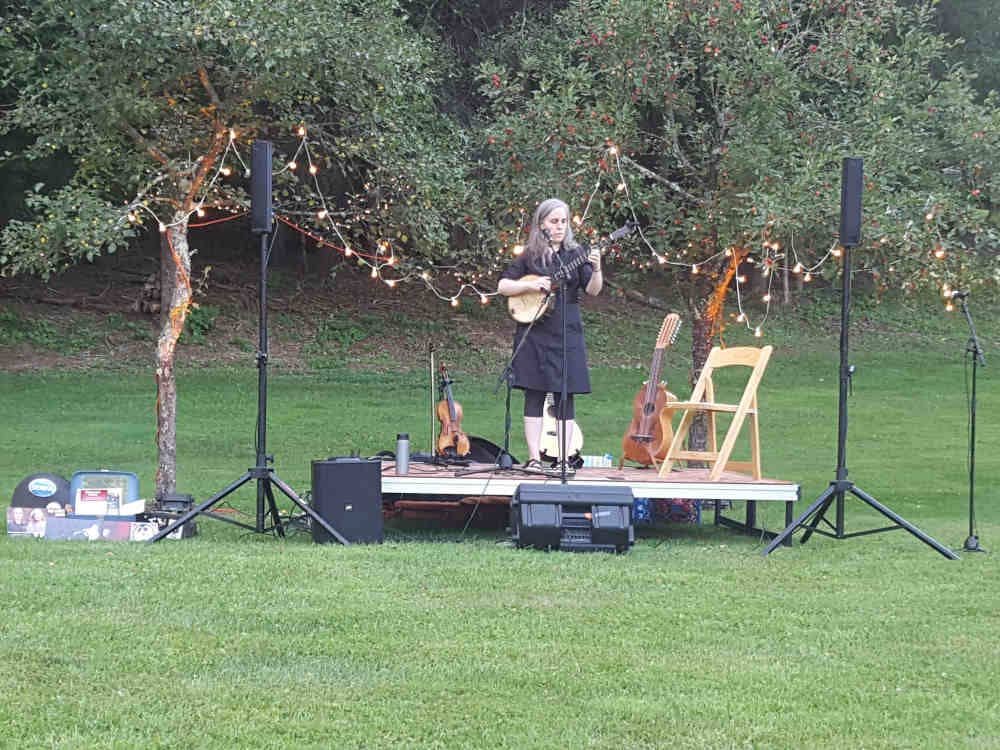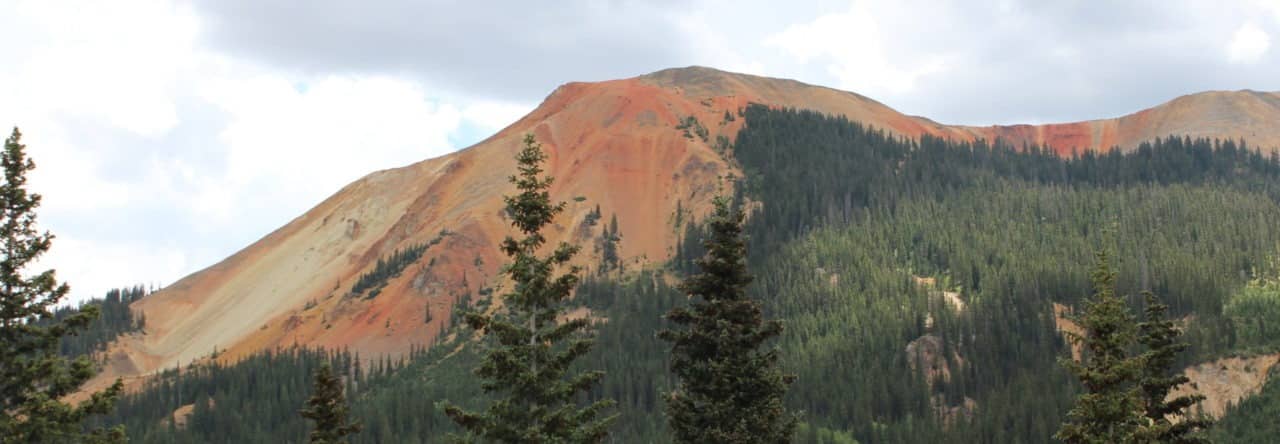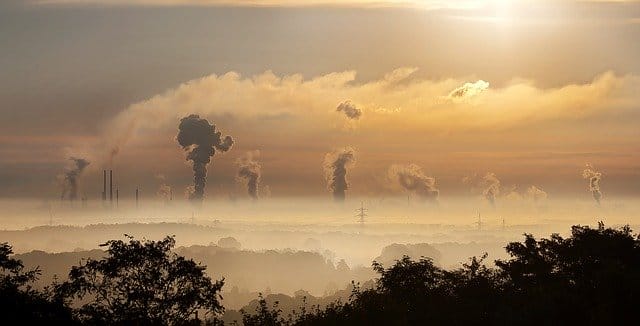Music is something that plays a significant role in cultures throughout the world. We may not all agree on our preferred style but I don’t think I have ever met anyone who did not appreciate music in some way. Like everything else, live music is something that disappeared as the pandemic disrupted our lives. Then the Roxbury Arts Group brought some light to the darkness of 2020. They organized a performance by Emily Pinkerton, an artist who “explores the musical ties that binds the Americas”. This performance would be limited to just 50 people and was held on the beautiful property of one of the community members. Unfortunately she was not able to perform with the rest of her ensemble.

Throughout the evening, Emily shared many of her life experiences that brought her to where she is today. Some of this was through actual storytelling and the rest was through her choice of songs she played. When asked what her connection is with Chile, it was actually quite simple. She grew up in Valparaiso, Indiana which was named after Valparaiso, Chile. This led to a partnership that had students from the U.S. going to Chile and students from Chile going to the U.S. There is more to it than that, but that is what helped to ignite the spark.
The blending of music from Appalachia and from South America was absolutely beautiful. As we made our way through a musical tour of the Americas I learned what a guitarrón was (a Chilean 24 string guitar) and I learned a little about a woman named Violeta Parra, who was an important figure in South American culture. It seems a lot of Emily’s South American inspiration came from Violeta’s contributions.
Emily’s path in life was influenced by a connection her town had to Chile while growing up. She is doing remarkable things really enjoys what she does. So now the big question is, how could we help our students learn though these partnerships?
Next up is a live performance by Thapelo Masita, a cellist from South Africa.
Follow-up: Thapelo was incredible! It was a beautiful night, in a beautiful setting and there was so much passion in his playing.



